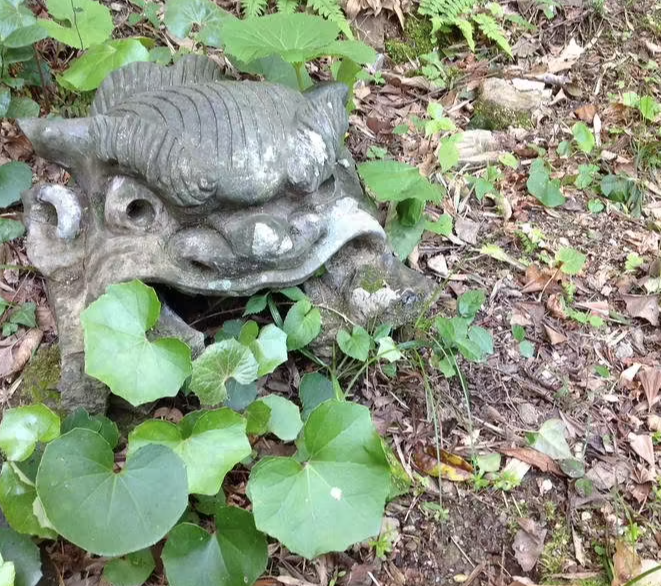The scent of ZEN ONE is dense and intense; clean, spicy and invigorating but without being sharp or camphorous. Its pure sandalwood glory all the way through, but with some unique features that reflect the very special terroir. Most notably, the outset features a surprising full medley of peppercorns; fresh green peppercorns, resinous and rich gourmet black peppercorn, scintillating pink, and fresh pungent long pepper. You will also notice a prominent sustained cedar note from outset to heart, as the early spiciness dissipates, cedar and other conifers step in for a brief cameo. The finish is big dense sandalwood quintessence, remaining dense and beautifully structured all the way. This oil has remarkable staying power. Absolutely epic sandalwood oil and an opportunity not to be missed.
Previous
Previous
Subitism Incense Heater: the finest precision electric incensoir
Next
Next







